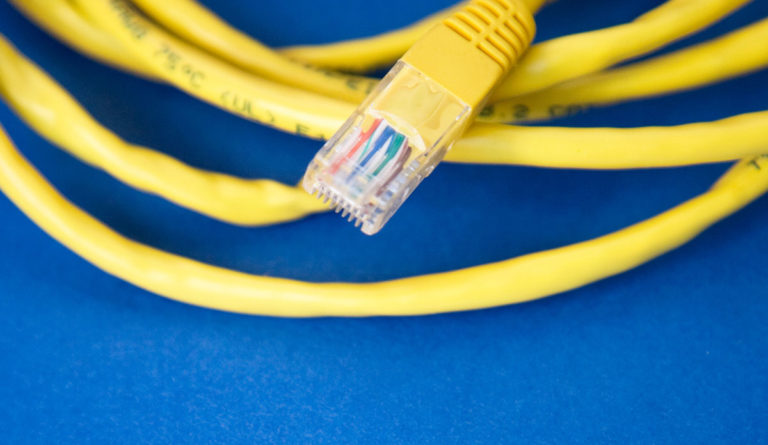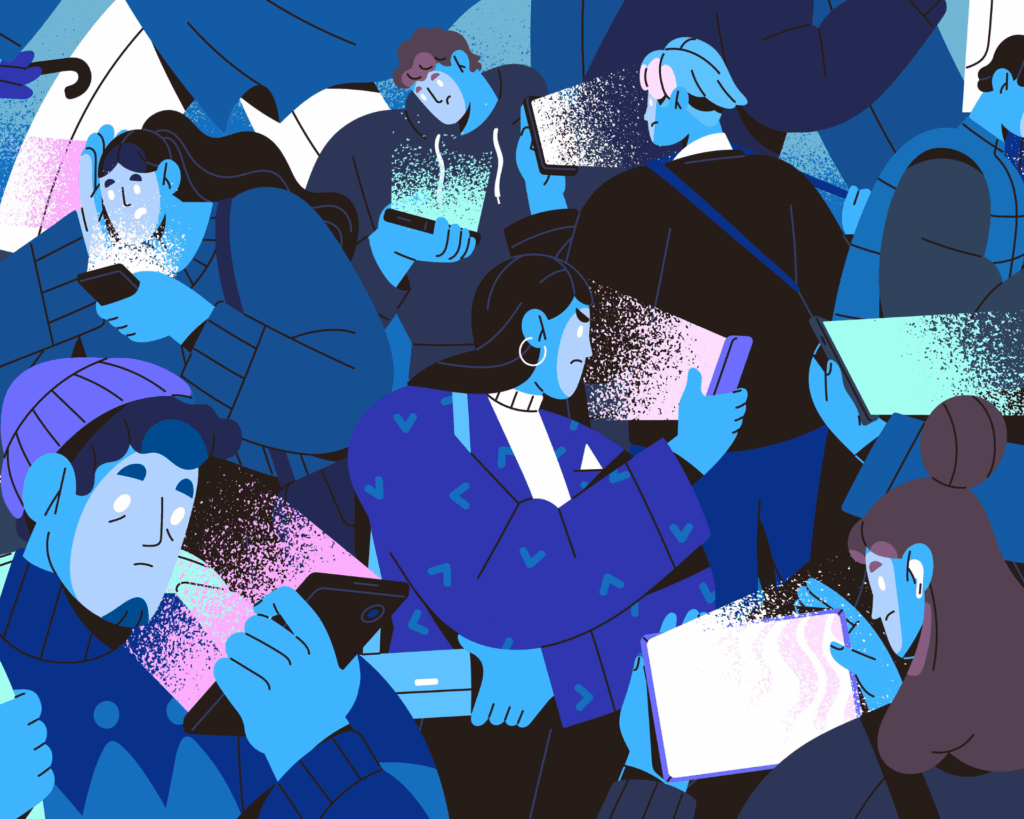Too Much Time Online
A method for evaluating and diagnosing excessive internet use is yet to be developed, but countries are investing resources to mitigate its effects.

Read Time: 3 minutes
Published:
It is hard to imagine a world without the internet. Since its emergence in the 1990s, the world wide web has rapidly revolutionized how we spend our lives. From online commerce to social interplay to how we watch TV, activities that were once time and location-bound are now available on demand. Unparalleled access to information—business, academic, governmental, in public and private spheres—makes global connection easier than ever before.
But all this access comes with a downside: the possibility of developing different types of internet addiction. Problematic Internet Use (PIU) is characterized as “internet use that is risky, excessive or impulsive in nature.” Examples can range from the compulsion to check social media accounts every few minutes to oniomania, uncontrollable gaming, or pornography viewing.
In the United States, 98% of 18 to 29-year olds use the internet. As digital natives, this population has been exposed to the internet and other technologies from an early age. Given growing concerns of harmful internet use, a recent study assessed college students’ self-appraisal of problematic internet use. Researchers sought to answer two questions: Are college students able to recognize if their use of the internet is detrimental? If so, are they able to make necessary behavioral changes to mitigate the harmful effects of their online activities?
While a standardized method for evaluating and diagnosing the issue has yet to be developed, an increasing number of countries have started paying attention and allocating resources to better understand, as well as mitigate, the noxious effects of excessive internet use.
The researchers asked 283 college students if they thought their internet use met the criteria for internet addiction. To determine if students’ self-assessments were accurate, researchers also evaluated participants using the Problematic and Risky Internet Use Screening Scale (PRIUSS). PRIUSS is a screening tool that captures social impairment, emotional impairment, and impulsive internet use. In young adults, high PIU scores have also been associated with attention-deficit hyperactivity disorder and social anxiety disorder.
Students with a low PRIUSS score were more accurate in assessing their risk for harmful internet use than their counterparts with high scores. Students with higher risk for problematic internet use demonstrated poor accuracy when assessing their risk for harmful and excessive internet use. Of all students who participated in the study, only 13% attempted a change in behavior after researchers revealed their PIU scores. The majority of the students who attempted behavior change were not at high risk. Most students who were at high risk for problematic internet use at the onset of the study remained at high risk over the duration of the study (3 years).
Since 2014, the World Health Organization has convened international experts to explore the public health implications of excessive internet use. While a standardized method for evaluating and diagnosing the issue has yet to be developed, an increasing number of countries have started paying attention and allocating resources to better understand, as well as mitigate, the noxious effects of excessive internet use. In Switzerland, a national prevention program titled “Youth and Media” has been developed to educate adolescents about counteracting risks from media overexposure. Lessons from such initiatives can inform similar action in the US as internet use is not going away anytime soon.
Photo by Markus Spiske on Unsplash



